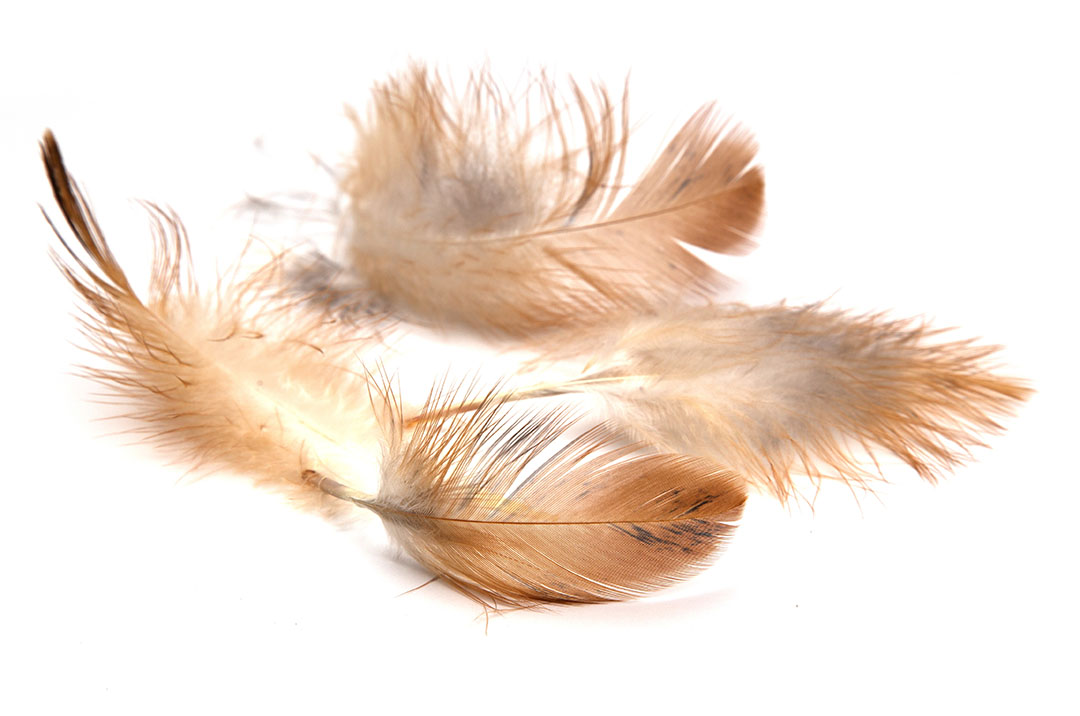Preventing excessive feather pecking behaviour

Beak trimming has been the go to solution to prevent feather pecking in chickens and turkeys. However, since 2018 this is no longer allowed in the Netherlands. Scientists from Wageningen University are looking into improving chicken welfare by finding alternative measures to combat injurious pecking behaviour.
Feather pecking and cannibalism are common in chickens and can cause a lot of discomfort, some chickens literally peck each other to death. These behavioural problems seem to occur both in intensive farming systems and in organic and hobby poultry farms. There are many factors that can have an influence on severe feather pecking behaviour: the feed composition; the climate; the size of the group and the type of light in the house, to name a few. All of these factors can also influence one another. There doesn’t seem to be one stand-alone reason that can explain what causes the behaviour.
Current solution: Beak treatments
In most countries the tip of the beak is removed to minimise the effect of feather pecking. One method used is treating the beak with an infra-red beam. This method directs a strong source of heat into the inner tissues of the beak and within a week or 2 the tips of the upper and lower beak die and fall off, leaving the bird with a shorter beak and blunt tip.
Beak treatments are not allowed in the Netherlands and in some other Northern European countries anymore. The tip is sensitive and any kind of tissue removal is therefore considered undesirable in terms of animal welfare. This particular treatment is not only painful but it also doesn’t address the cause of feather pecking. It doesn’t reduce the feather pecking behaviour either, it merely prevents injuries.
Investigating the many factors
Scientists from Wageningen University have been researching the many factors that influence feather pecking to improve chicken welfare.
Similar efforts have been undertaken in the UK, Sweden, Germany and several other countries. All these research groups came to the same conclusion that the solution can be found in the right mixture of nutrition, care, housing and modifying the genetics of chickens to reduce cannibalistic tendencies. The Dutch research team have been following several layer hen farmers who voluntarily stopped beak-trimming before it was actually banned. From rearing to the end of the laying period, the team looked at what the chickens were doing in the house, what management farmers applied and how much light, feed and litter the animals received.
One of the major outcomes from the various research groups is, that the rearing period is of the utmost importance; pullets that already start injurious pecking behaviour in the rearing period will continue this on in lay, whereas pullets that behave well in the rearing period, will most likely not start the pecking behaviour in the laying period.
Looking deeper into genetics
The Animal Breeding and Genomics Centre of Wageningen University and Research, together with Dutch breeding company Hendrix Genetics, have been looking at the genetic component of mortality from feather pecking or cannibalism. As a result of the research they discovered that mortality from cannibalism has a hereditary compound, meaning a good breeding programme could reduce the problem.
The scientists also indicated that selecting for social behaviour would lead to a reduction in feather pecking.
If stress and anxiety could also be removed then the likelihood of the birds engaging in this excessive behaviour would also be reduced.







